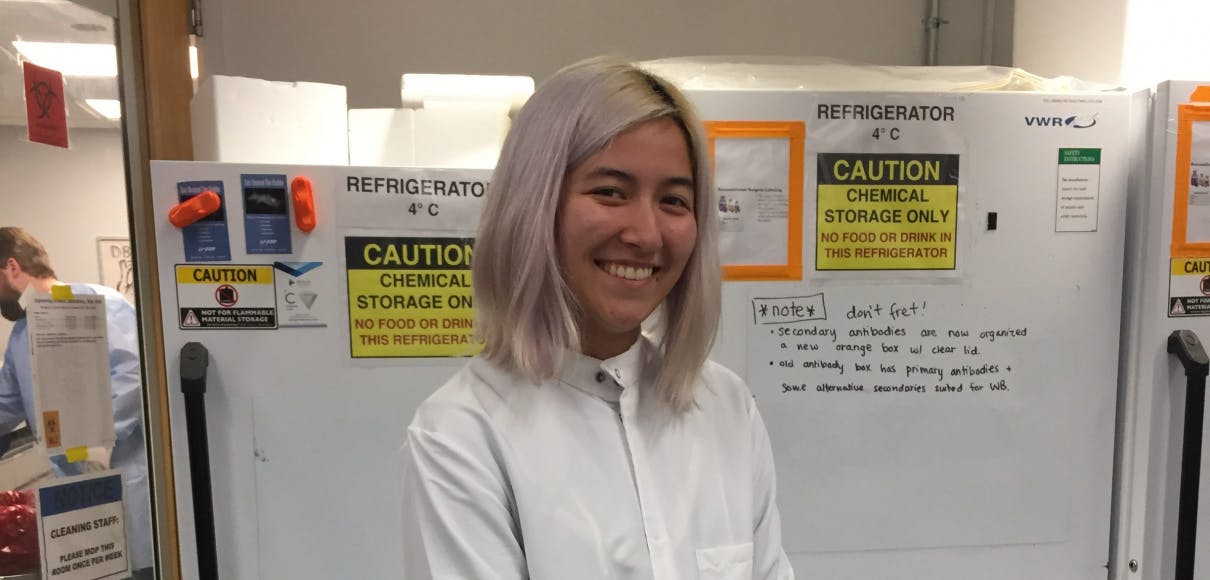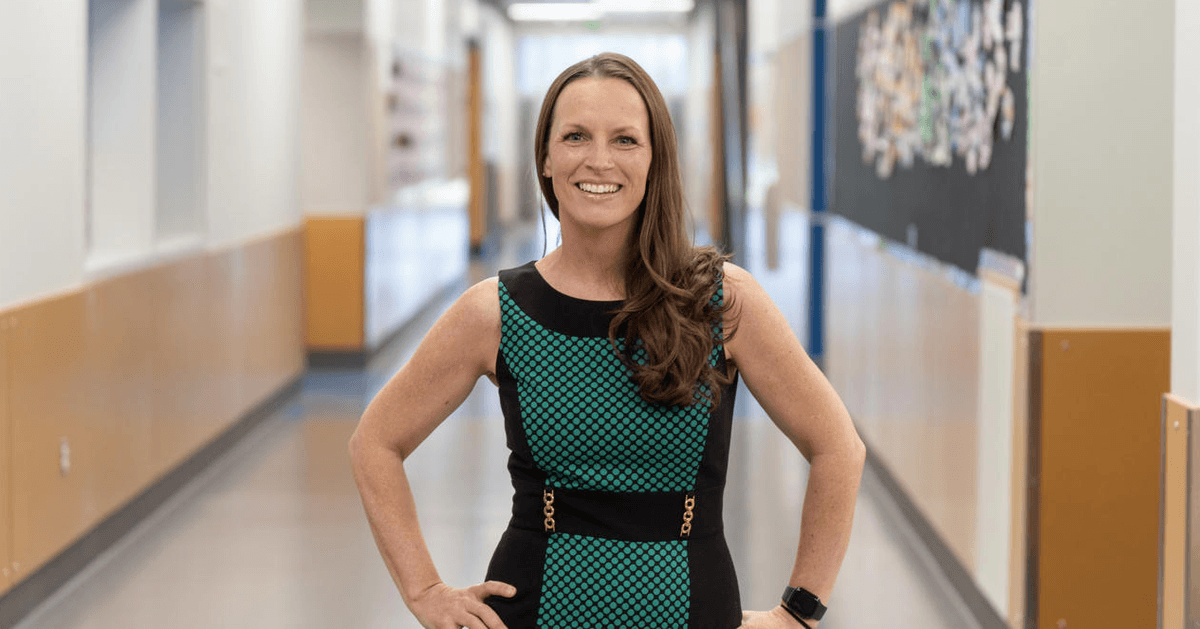Last summer, Danielle Gamboa, senior visual communication major, found herself working in a Harvard University bioengineering laboratory: a solo design student working amidst STEM students as part of the Research Experience for Undergraduates (REU) at Harvard’s John A. Paulson School of Engineering and Applied Sciences.
The REU program invites top-performing students from chemistry, physics, biology, computer science, mathematics, and engineering to work on cutting-edge research projects in Harvard’s laboratories. But when SPU Professor of Visual Communications Karen Gutowsky-Zimmerman heard they were looking for a student from the arts, she recommended Gamboa apply.
Following hours of writing and preparation, Gamboa was chosen for the competitive program, along with 70 other students from STEM majors.
While the other REU students in her laboratory conducted research on bioengineering projects, Gamboa worked with resident artist Michael Rosnach and postdoctoral fellow John Zimmerman on a project that used similar experimentation techniques, processes, and materials to create art. She worked in the laboratory of Kevin Kit Parker, the Tarr Family Professor of Bioengineering and Applied Physics, who believed hosting a student from the arts could help scientists and researchers think outside of the box.
 “There is a scientific way of thinking about things,” said Gamboa. “But it’s easy to get stuck in any one chain of thought. Variety helps produce more creative solutions. At the same time, a lot of major art movements have happened during times of new technology. And right now there is a lot of new technology!”
“There is a scientific way of thinking about things,” said Gamboa. “But it’s easy to get stuck in any one chain of thought. Variety helps produce more creative solutions. At the same time, a lot of major art movements have happened during times of new technology. And right now there is a lot of new technology!”
The 10-week program was demanding, requiring Gamboa to work in the laboratory for nine to twelve hours per day. Gamboa presented her work three times: a unique challenge.
“We basically speak different languages,” she said. “I can explain things visually, but that comes across very different to a group of people who work scientifically. I had to learn how to translate my work in a way that makes sense.”
But Gamboa believes that art rooted in science has the potential to make current scientific research more accessible to the general public. She is interested in pursuing this work after graduating, at a place like the MIT Media Lab, where computational design, materials science, and synthetic biology meet.
“The average person isn’t going to read a research paper if they don’t know anything about the field,” she said. “An image or design is something tangible that can connect people to what is happening in the scientific world.”
“Danielle is an excellent student to teach because of her inherent curiosity,” said Gutowsky-Zimmerman. “Interested in a multitude of practices of making — from design to sculpture, to now using methods of science — she is a great example of a student performing well in the liberal arts as a co-creator within multiple disciplines.”




